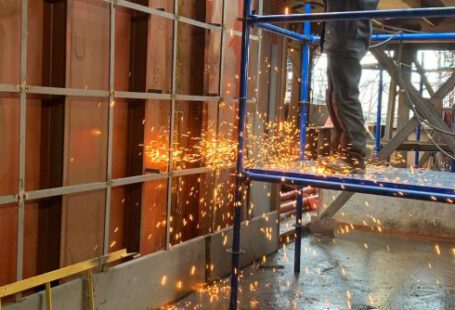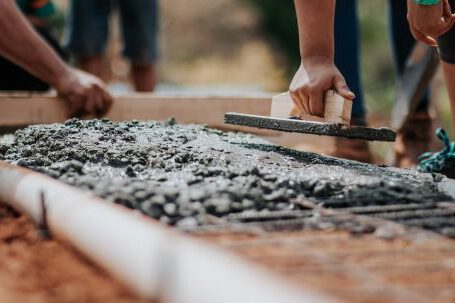The use of safety gloves is essential in numerous industries, from construction to manufacturing. Not only do they offer protection for the hands and arms from potential hazards, but they can also provide comfort and increased dexterity. With the right pair of gloves, workers can remain safe and productive when handling hazardous materials.
Choosing the Right Safety Gloves
When selecting the right pair of safety gloves, it is important to consider the environment and the type of hazards present. Depending on the type of work, there are a variety of gloves available to protect against cuts, abrasions, chemical exposure, and more.
- Leather – Leather gloves are commonly used in construction and landscaping, as they provide protection from cuts, abrasions, and punctures. They are also highly durable and can last for a long time.
- Nitrile – Nitrile gloves are made from a synthetic rubber material and offer excellent protection from a range of hazardous materials. They are often used in manufacturing, automotive, and medical industries.
- Vinyl – Vinyl gloves offer an economical solution for protection against light chemical exposure, as they are typically less expensive than other types of gloves. They are often used in food handling and other light industrial applications.
- Neoprene – Neoprene gloves are designed to provide protection against a range of hazardous materials, including acids, caustic liquids, and solvents. They are often used in chemical processing and manufacturing.
In addition to selecting the right material, workers should also consider the fit and comfort of the gloves. A glove that is too large or too small can cause discomfort and may not provide the necessary protection. It is also important to select a glove that is designed for the specific task at hand.
Maintenance and Care
Once the right pair of gloves has been selected, it is important to follow proper maintenance and care procedures to ensure their longevity. Gloves should be inspected for any signs of wear or damage before each use. If any damage is found, they should be replaced immediately.
Gloves should also be stored in a cool, dry place away from direct sunlight. They should be washed regularly using a mild detergent and air dried. Finally, gloves should be inspected periodically for any signs of wear or damage and replaced when necessary.
Conclusion
The right pair of safety gloves is essential for protecting the hands and arms from potential hazards. It is important to select a glove that is suitable for the environment and the type of work being performed. Workers should also follow proper maintenance and care procedures to ensure their gloves remain in good condition. By taking the necessary precautions, workers can remain safe and productive when handling hazardous materials.






